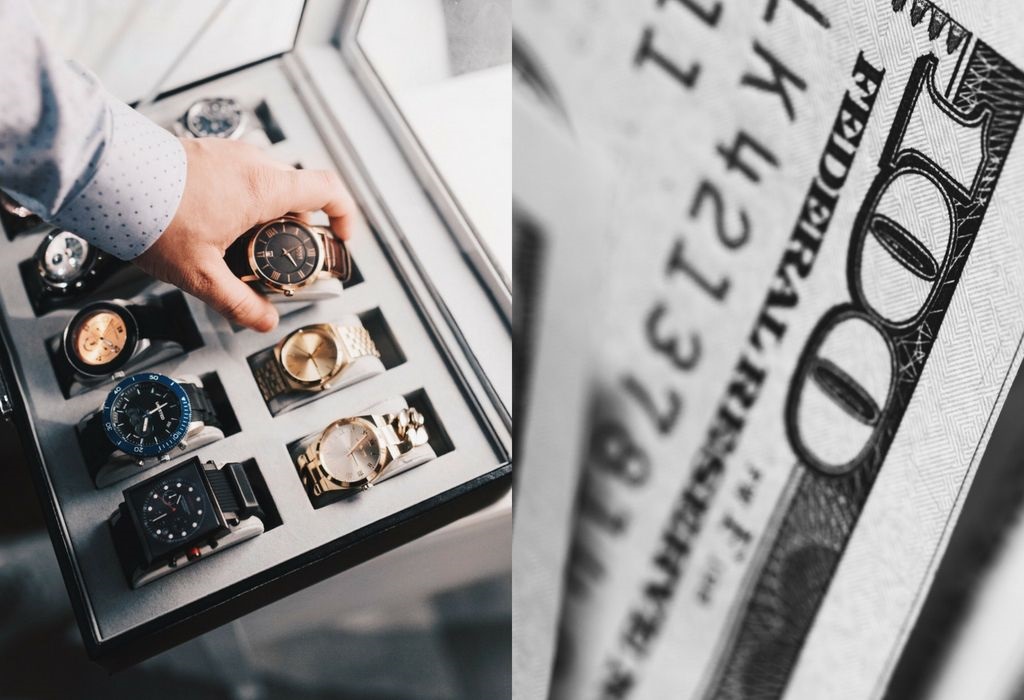
For years, Luxury Brands have been raising their costs, basically as they could. However, as Raw Materials get more costly, and real expansion keeps on rising, refined customers might start to look somewhere else. Luxury Brands – from Louis Vuitton to Gucci and Hermes to Bulgari have been raising their retail costs at a consistent speed. The materials are more costly, labour costs have risen. However, up to this point, the luxury customers have acknowledged the increments. That state of mind may not endure.
Last week, Louis Vuitton raised their prices on dresses, shoes and purses. While costs have sneaked up specifically previously, the huge increments were a sign that expenses have risen and constrained the administration to take this action. Bernstein, who tracks costs intently, estimates the expansion somewhere in the range of 6% and 7%, Purse Bop appraises the increment is around 4% for lower-evaluated sacks yet 15%-18% for higher-priced luxuries. The organization is essential for LVMH. didn’t comment. Label Heuer, another LVMH organization, declared that they will raise their costs shortly. The gauge is a 5%-6% increment.
The real expansion has hit hard the luxury market and luxury customers might forsake their loved brands. The modern client might still need to address the greater expenses. For example, Chanel items almost multiplied in cost in the past five years and consumers kept on addressing the cost. Regardless, that might change soon. Indeed, even luxury users might oppose the excessive costs luxury brands are charging.
The Impact of Prices on Consumers

Finally, it will require a long time to layout the real worth of Chanel items on the luxury resale market, as affected by the latest cost blasts. Already, the days of finding preloved luxury items on the optional market for not as much as retail appears to belong finished, no matter what the item’s condition. Luxury things on the resale market are known to keep up with top resale values, and this is probably not going to change. All things considered, the prospering interest on the secondary market helps Chanel effectively support costs, as shoppers can have confidence that there is a flourishing business sector set up, would it be a good idea for them they need to exchange from here on out. It will be fascinating to check whether affiliates can eventually charge Hermès-like premiums on luxury items, as overall costs keep on rising.
Despite the cost changes, interest for luxury items is still high in Korea, with clients shaping long queues before the stores even before opening time. The homegrown luxury merchandise market size is assessed at $14.2 billion starting last December, as per market tracker Euromonitor International.
Organizations around the world are involving the Korean passion in their promoting methodologies. A few brands just give clients who have effectively purchased the organization’s items previously or rely on the prerequisite that they purchase a specific amount of different things, the opportunity to buy their items.
To buy the Hermes Birkin pack or Kelly item, an individual in Korea needs to spend around 40 million won to 100 million won on different items, like journals, covers and plates.
Buying luxury brands has turned into a sort of venture for consumers in Korea, as they can benefit by exchanging the items after the costs go up. A Hermes Birkin goods can be sold from 5 million won to 20 million won above retail in the resale market.
Other Reasons for Luxury Items’ Price Rising

Estimating power could arise as a critical driver of income development again in 2022 for the top level of the design and leather products industry, following a line of cost hikes in 2021 and 2020.
Buyers emerged from lockdowns anxious to spend their money on luxury style and embellishments, after months of being stuck at home. Brands are exploiting that spending ability to make their products much more expensive and restrictive.
Bloggers on China’s online media platform Xiaohongshu are anticipating greater costs from Kering profit engine Gucci from Friday. Gucci’s little Marmont shoulder bag, which presently costs 16,500 Yuan ($2,602), is seen increasing around 3%, while other Gucci accessories could climb 10-15%.
Kering’s Balenciaga previously brought costs up toward the beginning of January in China, as indicated by the Xiaohongshu site. The expense of the name’s awe-inspiring Hourglass handbags in size little and extra-little, for example, has ascended by 3.5-4% to 17,500 yuan and 11,550 yuan separately.
Hermes told Reuters it would probably address the estimating issue when it reports profit on Friday, denying examiners’ reports that the organization had already expanded costs last month by 3% to 10%.
Kering is relied upon to report organic deals growth of 20% over the final quarter, HSBC has conjecture, helped by marketing investments generating whiz around Gucci’s 100th commemoration last year.
A few investigators have sounded a note of caution, but. In November, Goldman Sachs cut its 2022 forecast for luxury goods growth from 13.5% to 9%, referring to worries around China’s GDP, property costs and “Normal Prosperity” policy. There has likewise been a widespread crackdown on showing off wealth, with regulators censoring such content on social platforms.

No responses yet